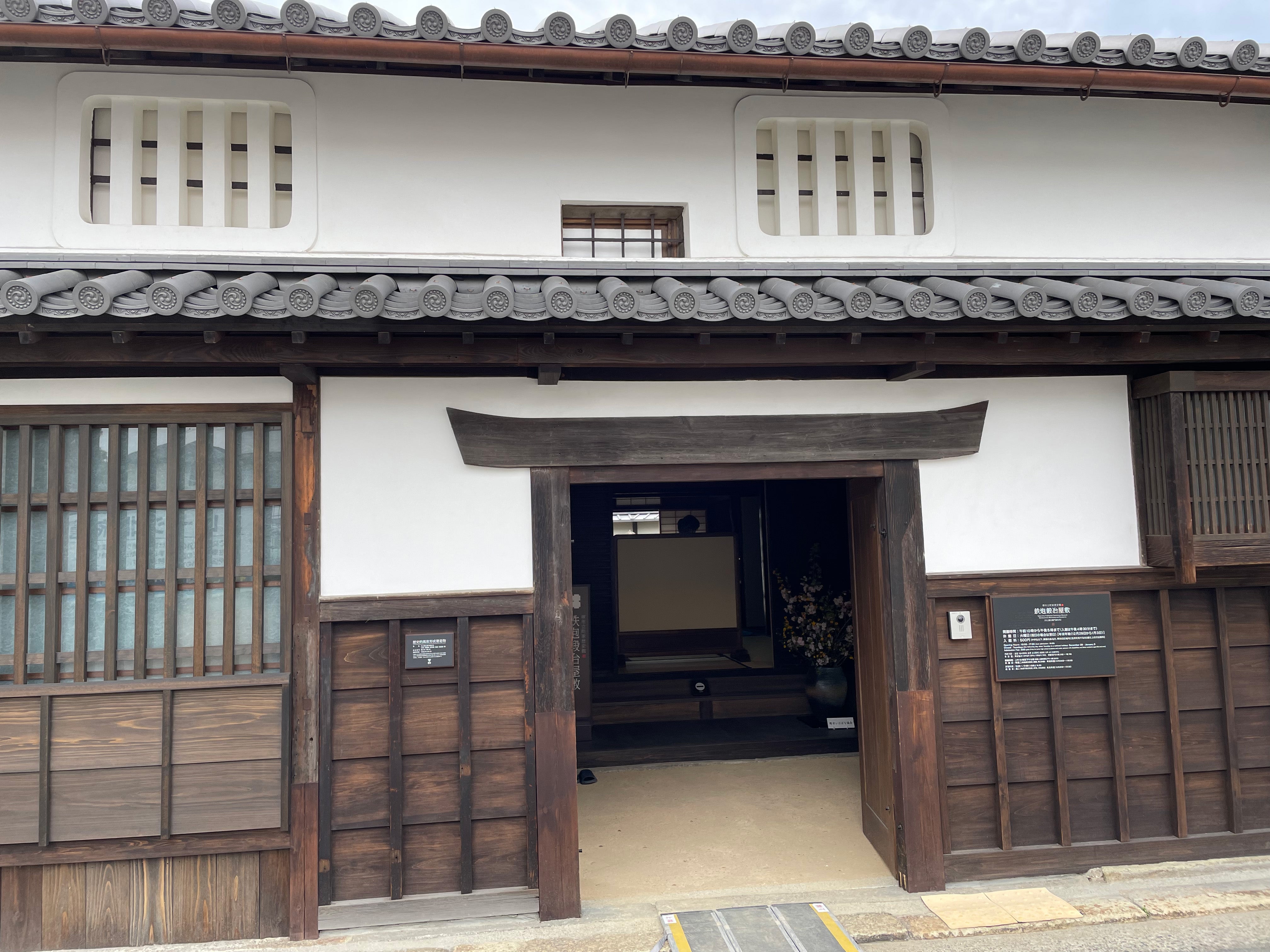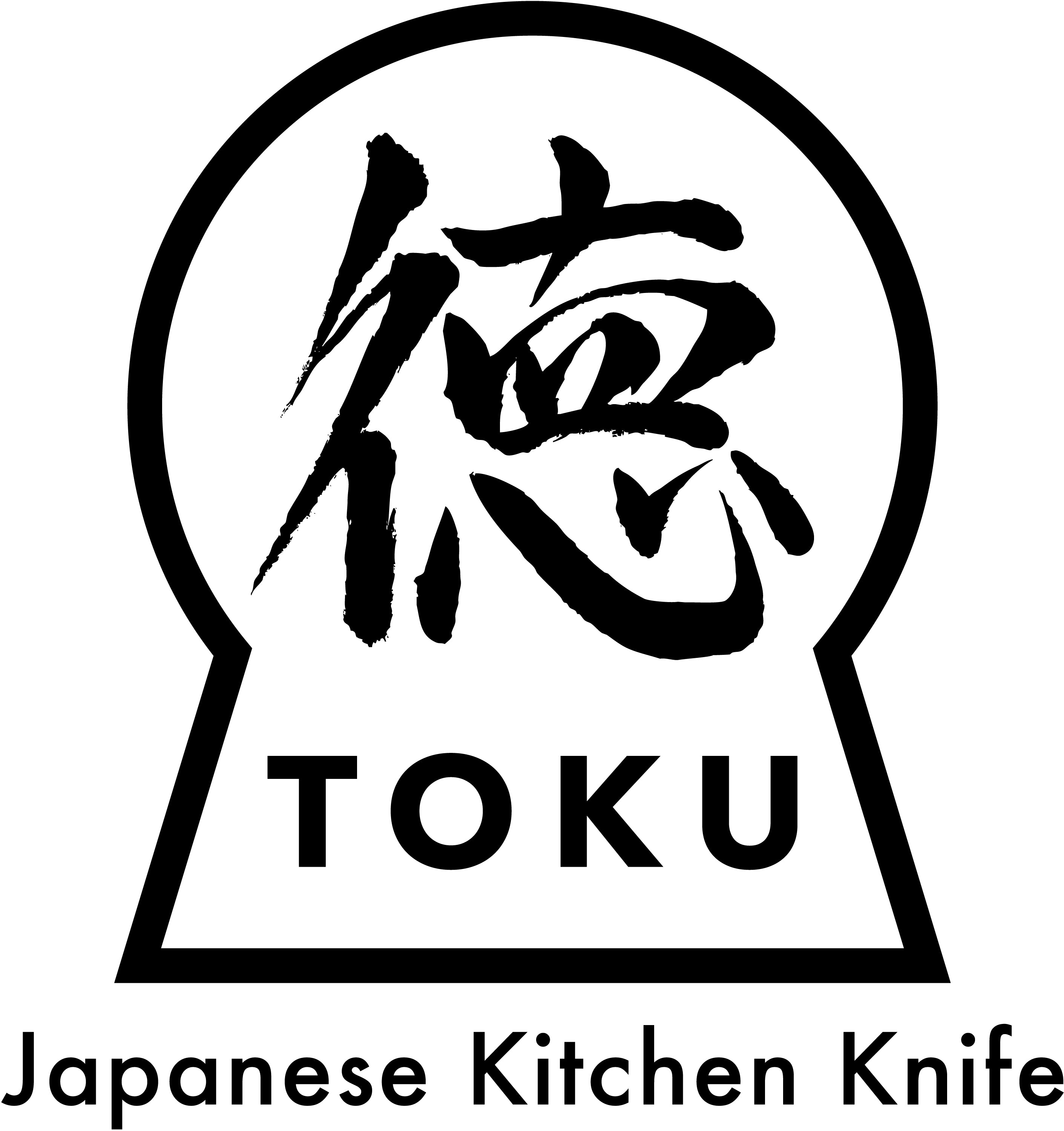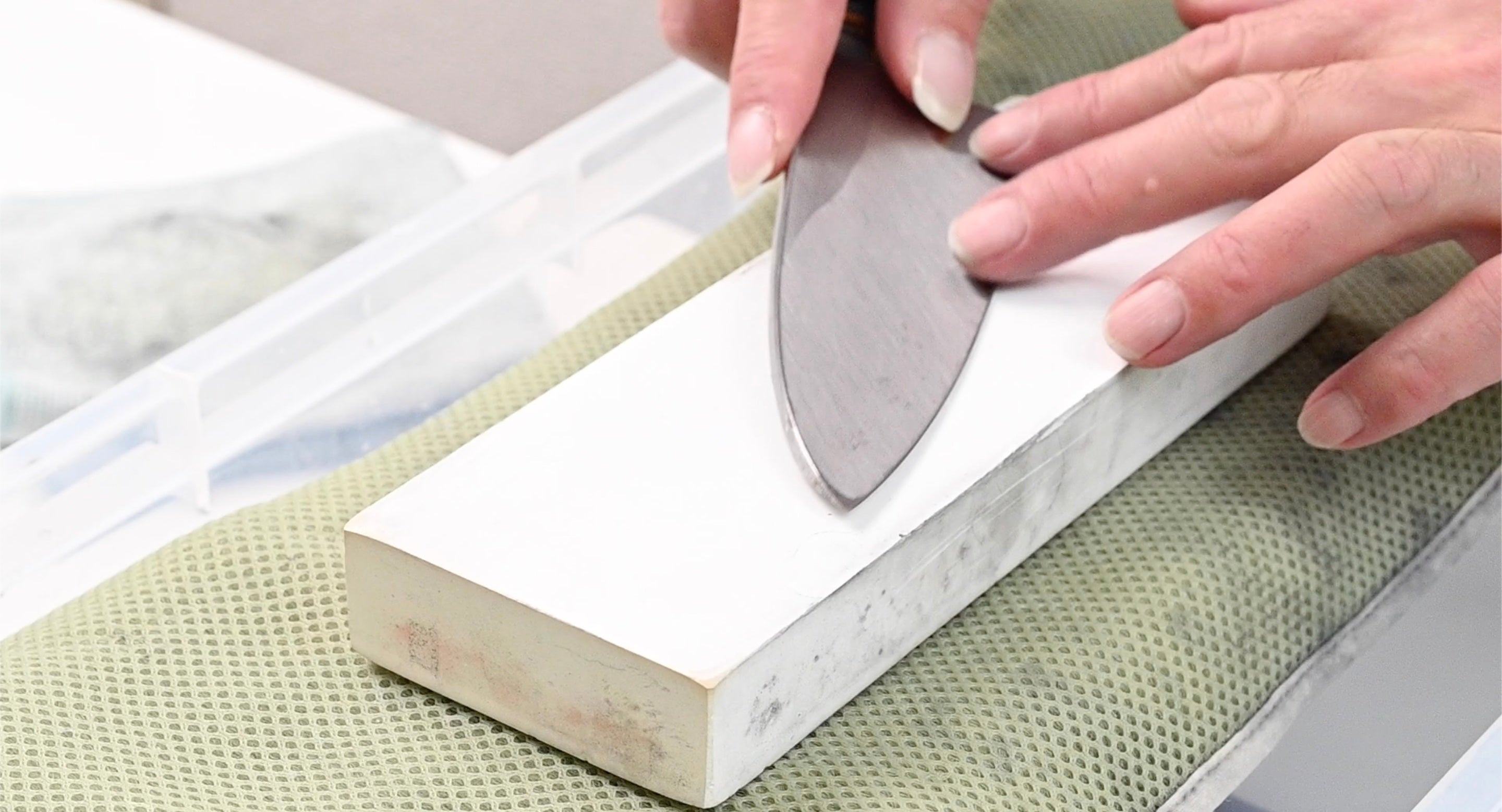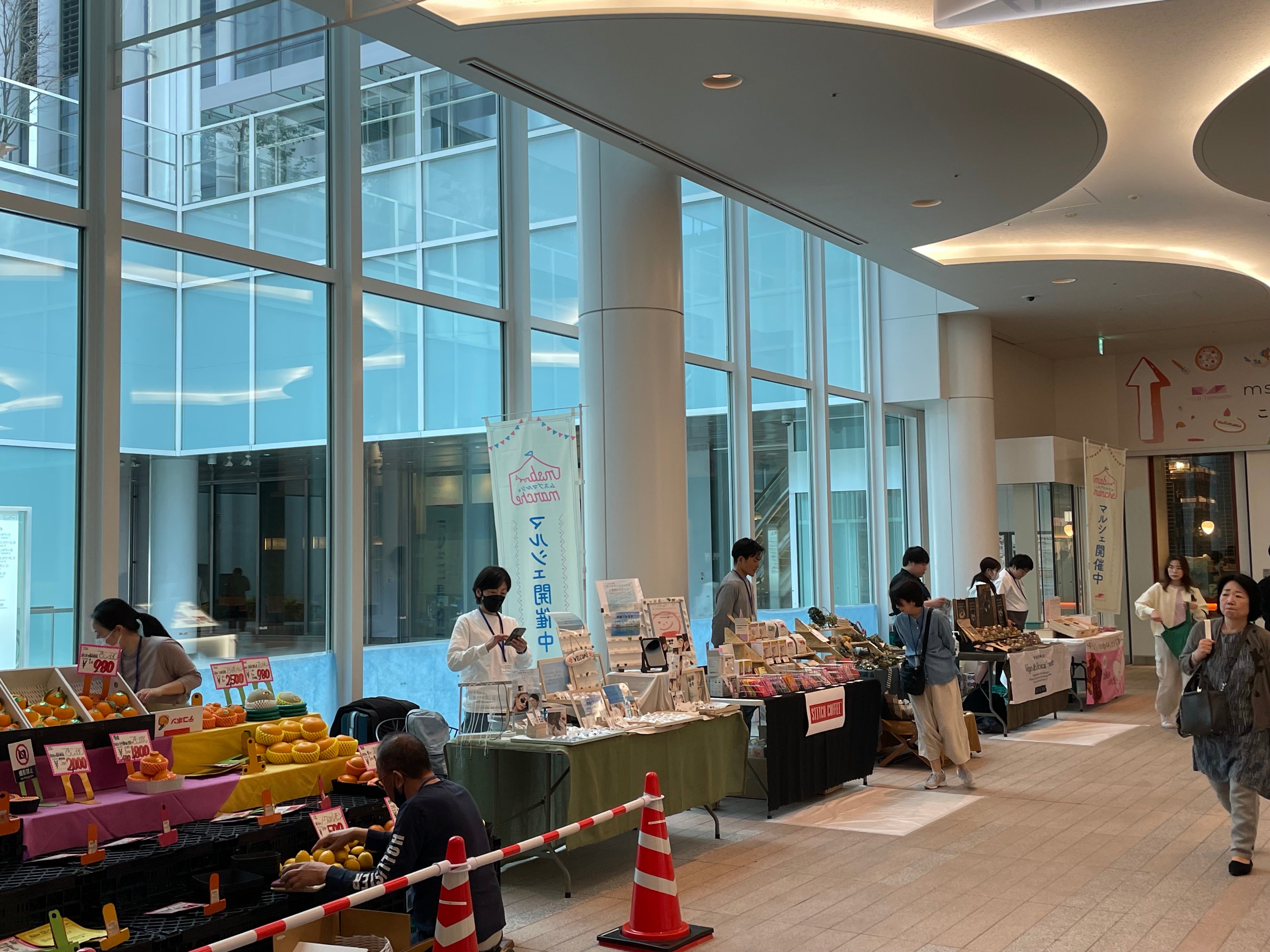
[2024] Gunsmith
I am Okudaira, the owner of "Japanese Kitchen Knife TOKU''.
We want to sell knives made in our hometown of Sakai, Osaka, so we purchase and sell knives made in Sakai from a knife manufacturer in Sakai.
We don't just sell knives, we visit a number of blacksmiths and bladesmiths in Sakai to help our customers understand knives, experience the actual work, and hear from the craftsmen. I'm here. In addition to Sakai, we also visit Seki in Gifu, Tsubame-Sanjo in Niigata, Tanegashima in Kagoshima and Katsushika in Tokyo, in an effort to deepen our understanding of the characteristics and commitment of each.
Gunsmith
Do you know that guns were made by blacksmiths?
Guns were brought to Tanegashima from Portugal in 1543. After that, gun manufacturing began on Tanegashima, and it is said that blacksmiths on Tanegashima studied the guns that had been brought over from Portugal and made their own.
When making a gun, the first step is to forge the iron, by hammering and stretching it to form it. A gun is made by forming a sheet of iron into a cylinder, or wrapping another sheet of iron around a cylindrical barrel, and the skills of a blacksmith are utilized in processing the iron.
Originally, Japanese swords were made in Japan, so there were blacksmiths all over the country who supplied swords to samurai. Tanegashima, where firearms were introduced, was a place where high-quality iron sand could be extracted, making it suitable for making firearms.
The guns that were brought to Tanegashima were eventually brought to Sakai in Osaka, where gun manufacturing began.
At its peak, there were apparently around 100 gunsmiths in Sakai.
It seems that many of the guns made in Sakai were provided to samurai. In the 1800s, they produced about 200 guns per month. This may seem like a very small production volume compared to today, when machine production is the norm, but it is an incredible number when you consider that everything was made by hand. This included the production of not only guns but also cannons.
Currently, there are no gunsmiths in Sakai, but it is a place where the iron industry developed as a spinoff from blacksmithing. For example, the knives we handle. During the Edo period, Sakai knives were given the brand name "Sakai Kiwami" by the shogunate, and it is said that Sakai knives became known throughout the country. Even today, it is said that 90% of chefs use Sakai forged knives, and we cannot talk about them without mentioning blacksmithing. Even today, the sharpness of knives made by hand, rather than machine-produced, is outstanding. Perhaps the sharpness and durability that cannot be achieved by machine-produced knives is due to the unique manufacturing techniques that are found nowhere else in the world, the same as the manufacturing techniques for Japanese swords.
Japanese swords, guns, knives, scissors - all of these are tools created by blacksmithing.
Rather than disposable, we would like you to use them for a long time by performing maintenance such as resharpening.
Let's go to a knife store!
If you don't understand it until you see it, go to a knife store and try holding a knife. However, most stores do not allow you to try cutting the knife, so you cannot check the sharpness before purchasing.
If you don't have a store that sells knives near you, it's best to purchase from a knife specialty store's mail order site.
"Japanese Kitchen Knife TOKU" has a video showing the actual cutting process, so please use it as a reference.



Leave a comment
This site is protected by hCaptcha and the hCaptcha Privacy Policy and Terms of Service apply.